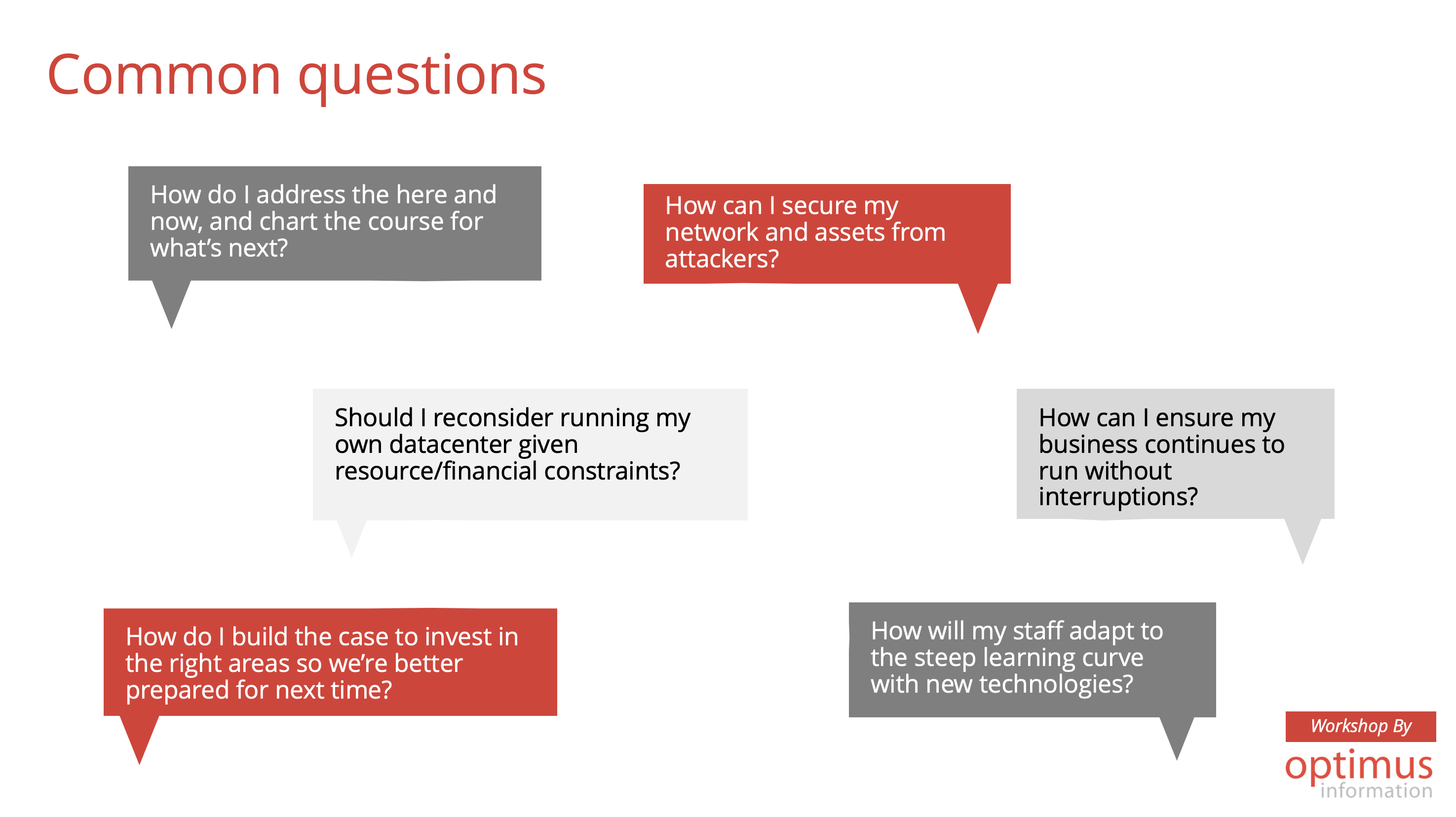The Challenge of Managing Public Cloud Platforms
Migration to a cloud-native framework has been at the center of digital transformation for many organizations over the past couple of years, and this trend is on the rise. In particular, Public Cloud offerings are extensively getting adopted since they make applications highly scalable, easily accessible with an internet connection, and secure without the efforts of managing infrastructure. This however remains dependent on a proper migration to the public cloud that ensures a seamless transition, reduced costs, and enhanced operational excellence.
While there are several benefits of migrating to a public cloud, the migration in itself may also bring a set of challenges related to governance, security, and resource optimization. This is often because, when migrating to a public cloud, organizations use different solutions to host different functions and applications. Such a model may also introduce unseen operational complexities and hidden costs. As a result, it is strongly advised that organizations weigh their options well, and take a pragmatic approach to manage both the transition and operations of their public cloud instance.
In this article, let us explore the five best practices to make the most of your public cloud platform.
Core Principles to Simplify Public Cloud Management
1. Embracing Automation
Public cloud adoption calls for quick and responsive applications that require repetitive and time-consuming management tasks. This is specifically true with respect to public cloud offerings, where businesses could be using a combination of different compute resources from different vendors. In such scenarios, the cloud management experience becomes much simpler if organizations embrace smart automation to enable, deploy, and update applications autonomously.
To do so, it is important to adopt DevOps practices that simplify the management of cloud-hosted applications. Besides reducing repetitive workloads, automated processes reduce the human error element in cloud management, making applications highly efficient, reliable, and available. By automating workflow processes, IT staff and resources can be directed toward activities that add business value and improve the overall operational experience.
2. Focus on Security and Governance
Data privacy and security remain a chief concern among cloud service providers, IT developers & operators, application end-users, and business managers. This asks for the need to leverage cloud-centric tools that enforce authorization, validation, and authentication across all users and devices accessing the cloud network.
To help with this, it is recommended to take advantage of out-of-the-box solutions like Identity and Access Management (IAM) available in Microsoft’s Azure and Amazon’s AWS. Using these ensures only intended users gain access to specific services of your cloud ecosystem. Other security and governance tools organizations can consider include:
- Role Based Access Control (RBAC),
- Single Sign-On (SSO), and
- Multi-Factor Authentication (MFA).
Additionally, organizations should also put in place security management and enforcement policies to ensure security incidents do not interfere with operations. System and Performance Monitors also act as essential services that help manage assets that interact with the cloud ecosystem.
3. Use a Consolidated Platform for Visibility and Monitoring
A Public Cloud Ecosystem consists of several interdependent assets, often managed by different vendors. Managed Public Cloud vendors typically offer a single pane of glass– a dashboard that helps to monitor all services and assets running in the cloud framework. This eliminates the need to learn how to navigate the interfaces of all these services, making monitoring and management simple for both operators and developers.
Using a single pane of glass dashboard also helps you compare prices and performance of services offered by different vendors, allowing greater insights on cost savings and optimization. This also allows you to familiarize yourself with the core concepts of various tools within the cloud platform, eventually helping to manage applications more effectively. Microsoft Azure Monitor, Amazon CloudWatch, and BMC TrueSight are some popular dashboard solutions that help to improve a hosted applications’ observability and management.
4. Plan for Continuous Integration and Development
Cloud Resources are built to scale up and down seamlessly with changes in workload. This makes migrating the massive number of technologies and tools as one of the greatest challenges to public cloud adoption. For the same reason, it is important to start with a Minimum Viable Cloud – the starting point for your migration, and a platform that can be used to continuously improve as you build your ecosystem. This also helps to generate an understanding of the cloud platform’s fundamental concept, while ensuring that there is no service downtime. Once a benchmark is defined, an automated workflow should be set up to continuously improve the application and infrastructure by matching changes in consumption patterns and computing technology.
5. Optimize Resource Costs and Consumption
A major part of public cloud management involves eliminating wastage, identifying & eliminating mismanaged resources, and right-sizing compute constructs. Public cloud providers like AWS and Azure charge clients for allocated resources, whether these are in use or not. Unsurprisingly, organizations typically amass charges through unattached and unused resources.
It is, therefore, important to ensure you reserve (and eventually pay) only for the resources you use. Besides picking the right size of computing instances, it is also important to observe trends in resource usage using tools such as a Heatmap. These resources can then be provisioned accordingly to support peak performance of the hosted application.
Investing in Reserve and Spot instances also helps reduce expenses on computing resources offered by public cloud vendors. For complex setups, another way is to use a Multi-cloud architecture that helps avoid vendor lock-in while keeping budgets flexible.
Closing Thoughts
Above are some of the key principles that allow an organization to get the most out of a public cloud platform. While use cases for organizations may differ, the goal is always to achieve fast, reliable, and responsive applications with limited risk, at a reduced cost. It is recommended, however, to pair these practices with the right tools, processes, and people for a successful implementation of a cloud-native setup.




